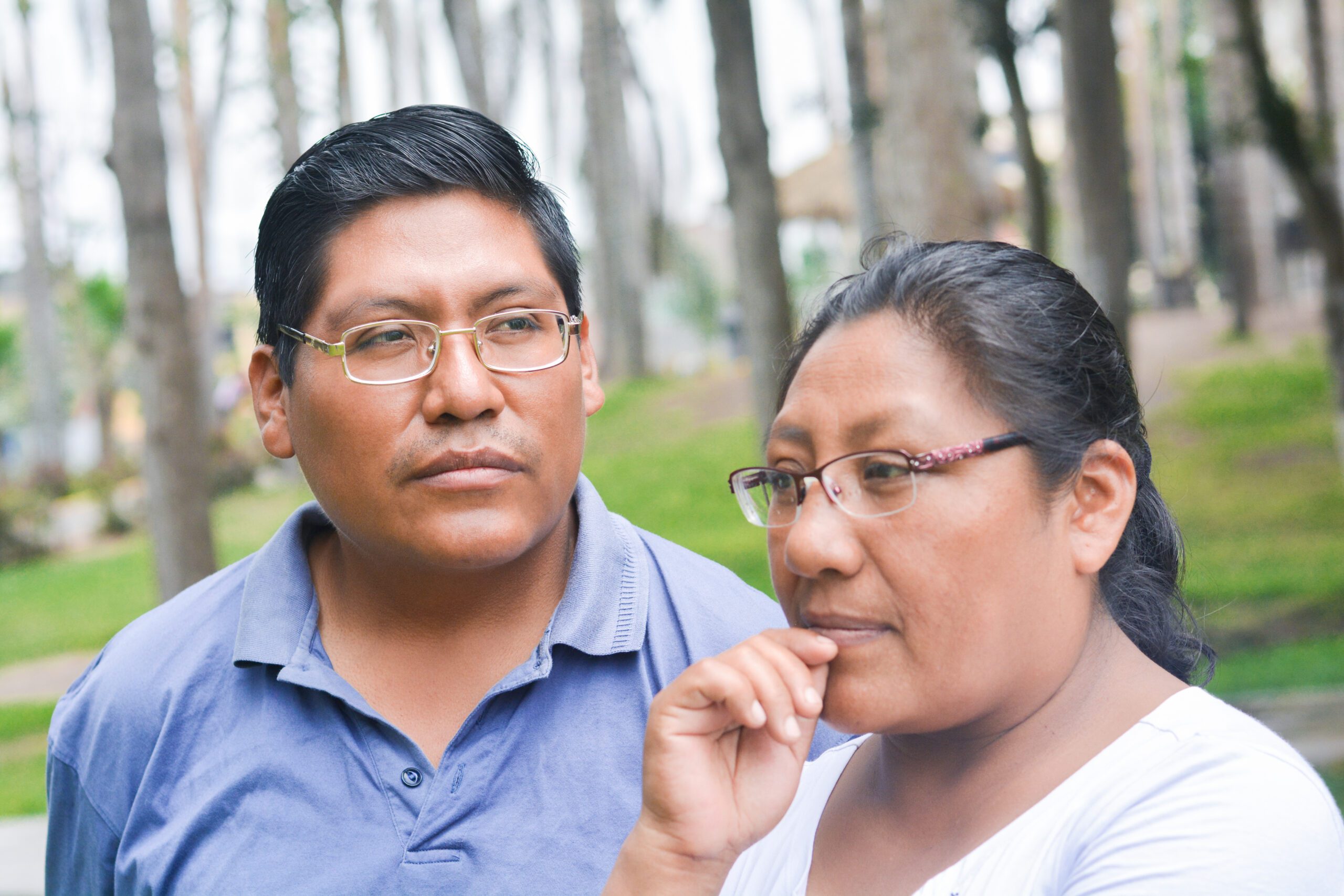
Although anorexia nervosa—also referred to as anorexia—seems like a modern disorder, physicians published papers about a form of the disorder in the late 1800s. However, in all this time, the definition has changed considerably.
A Brief History of Anorexia
Some researchers claim that doctors were trying to understand “a nervous consumption caused by sadness and anxious cares” as far back as the 1600s. Commonly considered “self-starvation,” reasons for the practice varied considerably, but often included social, cultural, and even religious influences.
Then, like now, the disorder was most common in women, usually between the ages of 15–24, and sometimes even younger. However, physicians frequently looked at the condition as a form of disordered eating related to female “hysteria.” Only in the 1940s did psychiatrists and physicians join together to address the condition as a tangible medical issue. When the first Diagnostic and Statistical Manual of Mental Disorders (DSM-I) was released by the American Psychiatric Association in 1952, anorexia nervosa was listed, but according to research from New College of Florida, the physiological aspects of the anorexia nervosa weren’t addressed—the main criteria for a diagnosis was “significant weight loss, characterized as being 15 percent or more below the individual’s ideal weight.”
When DSM-III was released in 1980, anorexia nervosa included diagnostic criteria of body image disturbance. This major breakthrough helped identify a mind-body connection with the disorder, which opened up new treatment options such as talk therapy and refeeding. By the time DSM-V was issued in 2013, eating disorders such as anorexia nervosa and others had more specific and separate diagnostic criteria, enabling patients to receive more individualized treatment.
Are Anorexia & Anorexia Nervosa the Same Thing?
Yes, but also no. According to the Oxford Dictionary, the term “anorexia” can relate to an individual’s “lack or loss of appetite for food (as a medical condition).” It can also be related to another issue such as cancer or depression. Anorexia is somewhat of a catch-all term when referring to anorexia nervosa.
The National Eating Disorders Association (NEDA) defines anorexia nervosa with a number of criteria, which we list verbatim here:
- An eating disorder characterized by weight loss (or lack of appropriate weight gain in growing children).
- Difficulties maintaining an appropriate body weight for height, age, and stature; and, in many individuals, distorted body image.
Additionally, the NEDA notes, “people with anorexia generally restrict the number of calories and the types of food they eat. Some people with the disorder also exercise compulsively, purge via vomiting and laxatives, and/or binge eat.”
NEDA also calls attention to atypical anorexia nervosa, which is a condition some people might be diagnosed with even if they’re “not underweight despite significant weight loss.”
Risk Factors of Anorexia Nervosa
People experience eating disorders for various reasons, which is why individualized treatment is so vital to whole-person health and recovery. But according to the NEDA, here are some potential risk factors:
- Biological, including having a relative with the same disorder or a co-occurring mental health disorder, type 1 diabetes, a history of yo-yo dieting, and a negative energy balance, such as restricting caloric intake significantly while over-exercising.
- Psychological, such as body image disturbance, mood disorders, individual trauma, anxiety disorder, and “behavioral inflexibility” or perfectionism.
- Social, including appearance and weight dissatisfaction, bullying, loneliness/isolation, acculturation (comparing cultural body image norms to Western expectations), and intergenerational trauma.
Additionally, the NEDA notes that “young people between the ages of 15 and 24 with anorexia have 10 times the risk of dying compared to their same-aged peers.”
The National Association of Anorexia Nervosa and Associated Disorders (ANAD) points out that nearly 60 percent of adolescent girls engage in some form or use of crash dieting, diet pills, fasting, laxatives, or self-induced vomiting. Young gay and bisexual men also report this behavior. Some members of the BIPOC community are less likely to be diagnosed with anorexia nervosa but may experience it for longer periods of time…simply because they’re not asked about related symptoms, especially with regard to mental health.
Symptoms of Anorexia Nervosa
The American Psychiatric Association (APA) identifies the following symptoms that “may develop related to starvation or purging behaviors,” including:
- Brittle hair/nails
- Cold intolerance
- Depression, irritability, anxiety, poor concentration and fatigue
- Dizziness or fainting from dehydration
- Heartburn and reflux (in those who vomit)
- Menstrual periods cease
- Muscle weakness and wasting
- Severe constipation, bloating and fullness after meals
- Stress fractures from compulsive exercise as well as bone loss resulting in osteopenia or osteoporosis (thinning of the bones)
The APA notes that people with anorexia nervosa often suffer life-threatening health complications, including heart rhythm abnormalities, kidney problems, and seizures. Outpatient or residential treatment is often recommended to help people normalize eating behavior and restore weight, with special attention paid to relapse prevention.
Cottonwood Tucson’s Eating Disorder Treatment
To be effective, eating disorder treatment must include numerous components, including:
- Focused, individualized care.
- A determination to get to the root cause of the disorder, not simply mask the symptoms.
- Progressive methods such as cognitive behavioral therapy, mindful eating sessions, and holistic methods to achieve a healthy balance in the mind, spirit, and body.
Take a moment to complete Cottonwood Tucson’s self-assessment to confidentially address some of your thoughts and feelings about your current wellness. Then, use the contact information on this page to see how our board-certified medical professionals can help you change life for the better.






